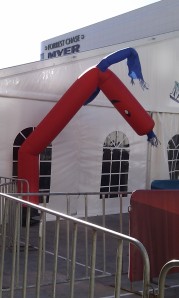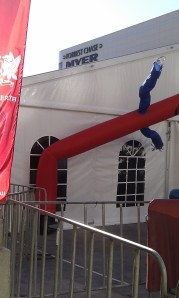I had missed the beginning of this documentary about a singer from the south of the United States who’s claim to fame was a singing voice that was naturally and astonishingly similar, even identical, to the voice of the great Elvis Presley. I was fussing over things in the kitchen and not paying 100% attention until there was one jaw-dropping “Oh wow!” moment that stopped me in my tracks. This was the bit where profile photos of Jimmy Ellis and the father of Elvis Presley, Vernon Presley were shown side-by-side. Jimmy had been an adopted, illegitimate child, with a father only listed on his birth certificate as “Vernon”. This wasn’t the only shocking moment in the documentary. Fame and money aren’t the only motivations in entertainers’ careers. There are also groupies.
Do I believe Ellis was Elvis’s half-brother? 150% I do. I’d believe it based on the incredibly similar singing voices and Ellis’ birth certificate alone, but the facial resemblance – that is amazing. This story is a reminder of how sometimes close relatives can look like twins, while at other times they can look like random strangers. Clearly Elvis got his looks from his mother and his voice from his father, and therefore didn’t look much like Ellis. This documentary is also a reminder of the way that extraordinary talents and creative drives can apparently be inherited, coded in DNA to be sent to one child or another like the random results of a throw of a dice. The pattern of apparently inherited desire to sing, along with an incredible singing voice in this documentary reminds me of the apparently inherited talent and drive in ballet dancing in another fascinating real-life mystery of DNA – the story of Somerton Man recounted in the TV series Australian Story, which I have previously written about in this blog.
I recommend this documentary about a third-rate musical career based on an astounding natural talent that cannot be dismissed, even though in many ways it is a sad story. Maybe this is not a good choice of documentary for any viewers who have not come to terms with a childhood in foster care.
Orion: The Man Who Would Be King
https://iview.abc.net.au/show/orion-the-man-who-would-be-king
The man they thought was Elvis
The strange tale of Jimmy Ellis and one of the greatest hoaxes in music history.
LOUISE BRODTHAGEN JENSEN 13. MAJ 2017


